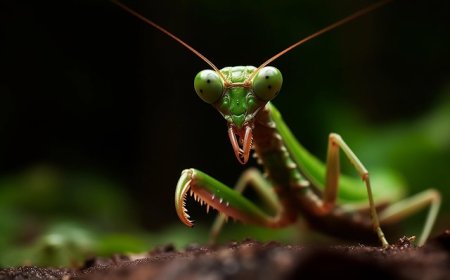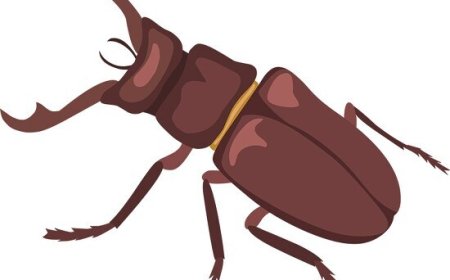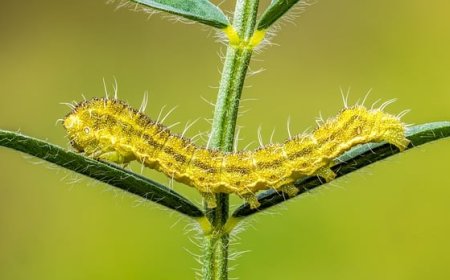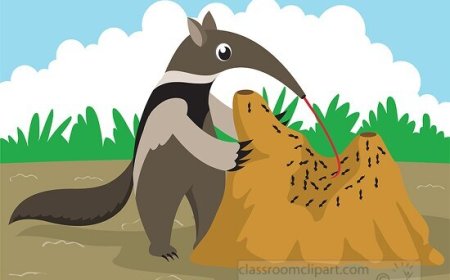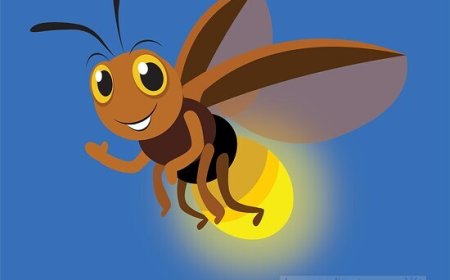Bees for Kids: Amazing Facts, Life Cycle, and Importance of Bees
Learn all about bees in this kid-friendly guide. Discover how bees live, make honey, pollinate plants, and why they matter to our world.
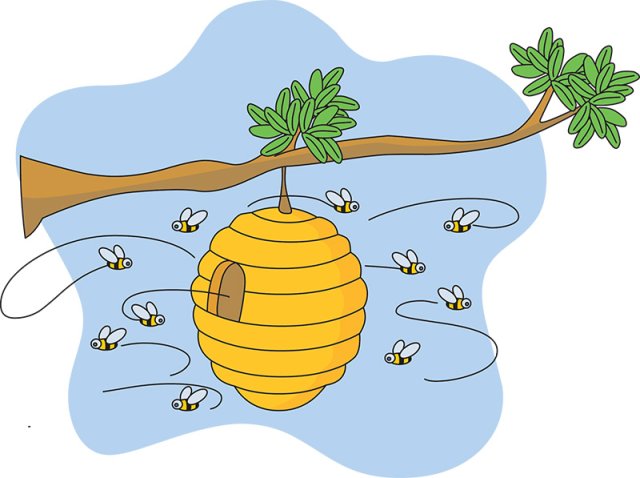
🐝 Bees: Nature’s Busy Pollinators
🌼 Introduction
Bees are small but powerful insects that play an enormous role in the natural world. Without bees, many plants, flowers, and even food crops would not survive. These fascinating creatures have unique ways of living, working together, and helping plants reproduce. In this article, you’ll discover what bees are, how they live, how they build their homes, and why people everywhere are trying to protect them.
Keywords: bees facts for kids, bee life cycle, honey bee anatomy, importance of bees, how bees make honey
🧬 What Are Bees?
Bees are flying insects belonging to the order Hymenoptera, which also includes wasps and ants. There are over 20,000 known species of bees around the world. Bees can be tiny, like the Perdita minima bee (less than 2 millimeters long), or large, like the Wallace’s giant bee, which is as big as a human thumb.
Bees are especially famous for their role as pollinators, which means they help plants make seeds and fruits by transferring pollen. The most well-known bee is the western honey bee (Apis mellifera), which people have kept in hives for thousands of years to produce honey and beeswax.
🐝 Types of Bees
Although many people think all bees live in hives, not all bees are social. Bees can be divided into two main groups:
-
Social Bees
- Live in large colonies.
- Share work and care for young together.
- Example: Honey bees, bumblebees.
-
Solitary Bees
- Live alone.
- Make their own small nests.
- Example: Carpenter bees, leafcutter bees, mason bees.
Social bees are the ones you see building hives, making honey, and living in groups. Solitary bees are very important pollinators, too, but each female builds her own nest.
🏠 Bee Anatomy
Bees have body parts similar to all insects but also have special adaptations:
- Head: Contains the brain, eyes, antennae, and mouthparts.
- Thorax: The middle section where the wings and six legs attach.
- Abdomen: The back part, containing digestive and reproductive organs and, in many species, a stinger.
Other important features:
- Antennae: Used for smelling and feeling.
- Compound Eyes: Help detect colors and movement.
- Proboscis: A long tongue used for sucking nectar.
- Pollen Baskets: Tiny structures on their hind legs to carry pollen.
🌸 How Bees Help Plants
Bees collect nectar, a sweet liquid from flowers, and pollen, which contains the male cells plants need to reproduce. As bees fly from flower to flower, pollen sticks to their hairy bodies and rubs off on new flowers. This process is called pollination, and it helps plants make seeds and fruits.
Without bees, many crops—like apples, almonds, and blueberries—would produce much less food. In fact, about one-third of the food we eat depends on pollinators like bees.
🍯 How Bees Make Honey
Honey bees are famous for their ability to make honey. Here’s how it works:
- A worker bee uses her proboscis to suck nectar from flowers.
- She stores the nectar in her honey stomach, separate from her real stomach.
- Back at the hive, she passes the nectar to other worker bees.
- The bees add enzymes and fan the nectar with their wings to remove water.
- The nectar thickens into honey and is stored in wax cells called honeycomb.
- The bees seal the honeycomb with wax caps to keep the honey fresh.
Honey is important for bees because it is their main food source, especially in winter.
🐝 The Bee Life Cycle
Like butterflies, bees go through complete metamorphosis, which has four stages:
-
Egg
- A queen bee lays tiny eggs in the hive or nest.
-
Larva
- The egg hatches into a larva, which looks like a small white grub.
- Worker bees feed the larva with special food.
-
Pupa
- The larva spins a cocoon and transforms.
-
Adult
- The adult bee emerges ready to work.
In a honey bee colony, the queen can lay up to 2,000 eggs per day.
🏡 Bee Homes and Hives
Social Bees build complex homes:
-
Honey Bees:
- Make wax combs with perfect hexagonal cells.
- Use the cells to store honey, pollen, and eggs.
-
Bumblebees:
- Often nest underground or in abandoned burrows.
Solitary Bees create simple nests:
- Mason Bees: Use mud to build walls in hollow stems.
- Leafcutter Bees: Cut pieces of leaves to line their nests.
Beekeepers who raise honey bees keep hives in wooden boxes with removable frames so they can collect honey without harming the bees.
🐝 The Importance of Bees to People
Bees are essential to human life in many ways:
- Pollination: Help grow fruits, vegetables, nuts, and flowers.
- Honey: A natural sweetener that never spoils.
- Beeswax: Used for candles, cosmetics, and polishes.
- Science: Bees help scientists study insect behavior and learning.
⚠️ Threats to Bees
Sadly, bee populations are declining around the world because of:
- Habitat loss: Less wild land with flowers and nesting sites.
- Pesticides: Chemicals used on crops can harm bees.
- Diseases and parasites: Like the Varroa mite, which attacks honey bees.
- Climate change: Alters flowering times and weather patterns.
People everywhere are working to help bees by planting pollinator gardens, reducing pesticides, and protecting wild habitats.
🌿 How You Can Help Bees
Even kids can help save bees! Here’s how:
- Plant flowers that bloom at different times of year.
- Avoid using pesticides.
- Provide clean water for bees to drink.
- Leave some bare ground or dead wood for nesting sites.
- Support local beekeepers by buying local honey.
🎨 Visual Aids Suggestions
Here are visual aids you can include with your article:
-
Bee Anatomy Diagram
- Label head, thorax, abdomen, wings, antennae, stinger, pollen baskets.
-
Bee Life Cycle Chart
- Egg → Larva → Pupa → Adult.
-
Honeycomb Illustration
- Show how hexagonal cells are arranged.
-
Pollination Diagram
- Bee transferring pollen from flower to flower.
-
Bee Types Photo Gallery
- Honey bee, bumblebee, mason bee, leafcutter bee.
✨ Interesting Facts About Bees
- Bees can see ultraviolet light, which humans cannot.
- Honey bees communicate by doing a “waggle dance” to show where flowers are.
- A honey bee can visit about 100 flowers in one trip.
- Bumblebees can shake flowers with their wings to release pollen—a process called buzz pollination.
- Honey never spoils—archaeologists have found edible honey in ancient Egyptian tombs.
- Some bees are green, blue, or metallic in color.
- Queen honey bees can live up to 5 years, while worker bees usually live a few weeks to a few months.
📝 Kid-Friendly Key Takeways
Bees are amazing insects that help plants grow by pollinating them. Some bees live alone, but many live in colonies with thousands of other bees. Honey bees make honey by collecting nectar from flowers and storing it in their hives. Bees are very important to people because they help produce food. Sadly, bees are in danger because of pesticides, habitat loss, and climate change, but everyone can help protect them by planting flowers and caring for nature.
🐝 Bee Vocabulary Word List
Here are key words and their definitions:
| Word | Definition |
|---|---|
| Pollination | The process of moving pollen from one flower to another so plants can make seeds. |
| Nectar | A sweet liquid found in flowers that bees collect to make honey. |
| Hive | A bee’s home, made of wax cells called honeycomb. |
| Colony | A large group of bees living and working together. |
| Queen Bee | The female bee in charge of laying all the eggs in a colony. |
| Worker Bee | A female bee that collects nectar, feeds larvae, and takes care of the hive. |
| Drone | A male bee whose job is to mate with a queen. |
| Larva | The young stage of a bee that looks like a tiny white worm. |
| Pupa | The stage when a bee transforms inside a cocoon. |
| Metamorphosis | The process of changing from an egg to an adult. |
| Pollen | Powder from flowers that bees carry to help plants reproduce. |
| Waggle Dance | A special dance bees do to tell others where flowers are. |
| Proboscis | A long, tube-like tongue used to drink nectar. |
| Pesticides | Chemicals used on plants to kill insects but can harm bees. |
| Apiary | A place where beekeepers keep hives. |
🧠 Interactive Quiz: All About Bees
You can use this quiz as:
✅ A printed worksheet
✅ An online form (Google Forms, Kahoot)
✅ A classroom activity
📝 Multiple Choice Questions
1. What do bees collect from flowers to make honey?
A) Pollen
B) Nectar
C) Leaves
D) Water
2. Which bee is the only one that can lay eggs in the colony?
A) Worker bee
B) Drone
C) Queen bee
D) Soldier bee
3. What is the name of a bee’s home with hexagonal cells?
A) Nest
B) Web
C) Hive
D) Den
4. What is the main job of worker bees?
A) Mating
B) Laying eggs
C) Collecting food and caring for young
D) Sleeping all day
5. What is the process called when a bee transforms from larva to adult?
A) Pollination
B) Metamorphosis
C) Hibernation
D) Migration
✅ True or False Questions
6. All bees live in big colonies.
True / False
7. Bees can see colors humans can’t see.
True / False
8. A honey bee can sting only once.
True / False
9. Bees help plants by carrying pollen from flower to flower.
True / False
10. Honey never spoils if stored properly.
True / False
✨ Answer Key
1–B (Nectar)
2–C (Queen bee)
3–C (Hive)
4–C (Collecting food and caring for young)
5–B (Metamorphosis)
6–False (Many are solitary)
7–True (They can see ultraviolet)
8–True
9–True
10–True
🌿 Bonus Open-Ended Questions
Why are bees important to humans and the environment?
Name two ways you can help protect bees.
What is something interesting you learned about bees?
✅ Tip for Teachers or Parents:
To make this even more interactive, you could:
Turn the quiz into a Jeopardy-style game
Use the vocabulary words to create a crossword puzzle
Have students draw the bee life cycle


















































